Malware
People who distribute malware, known as cybercriminals, are motivated by money. They use infected devices to launch cyberattacks, such as to obtain banking credentials, collect personal information that can be sold, sell access to computing resources, or extort payment information from victims.
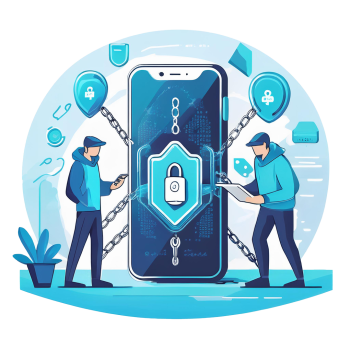
How does malware work?
Anyone can become a victim of a malware attack. Some people may know how to spot certain ways that cybercriminals try to target victims with malware, for example knowing how to identify a phishing email. But cybercriminals are sophisticated and constantly evolve their methods to keep pace with technology and security improvements. Malware attacks also look and act differently depending on the type of malware. Someone who’s a victim of a rootkit cyberattack, for example, may not even know it, because this type of malware is designed to lay low and remain unnoticed for as long as possible. Here are a few of the ways cybercriminals attempt to deliver malware to devices.
Types of malware
Phishing

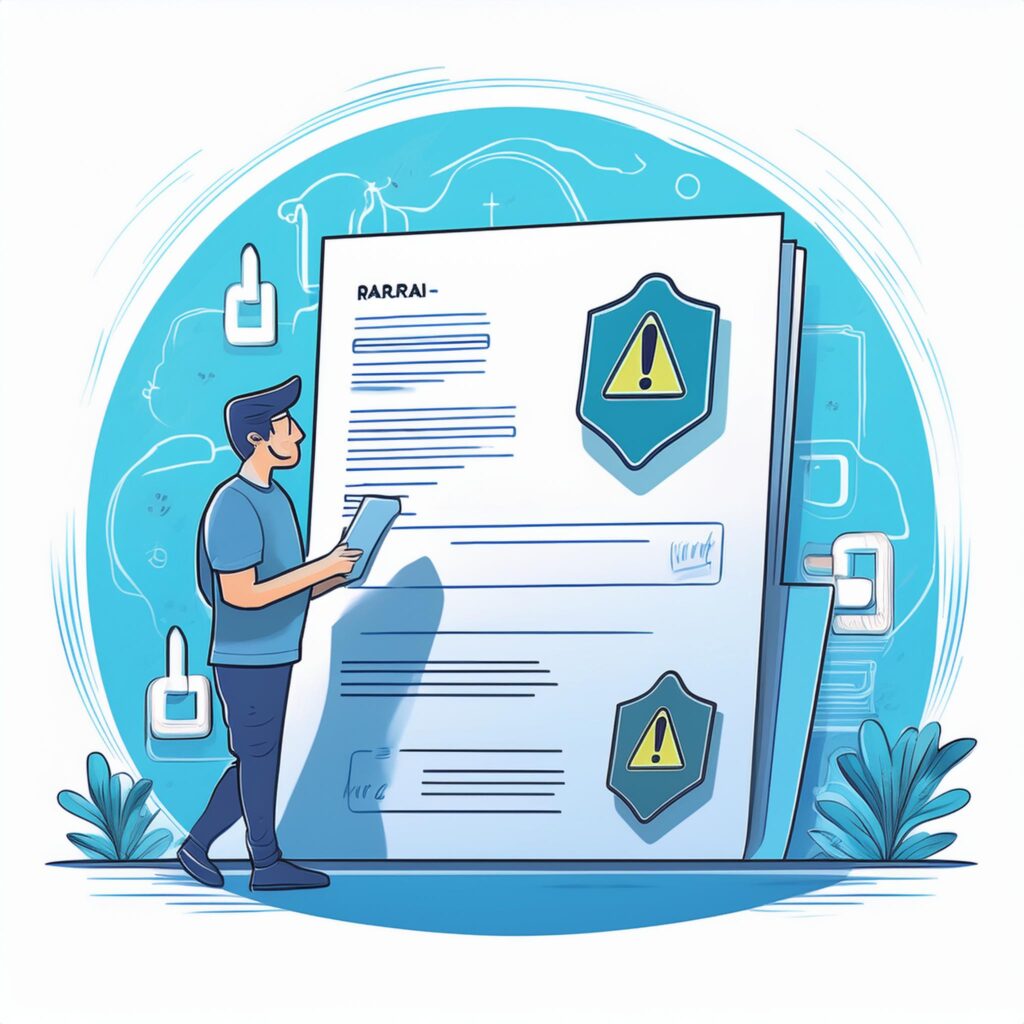
Macro malware
In the past, macro malware was more common because macros ran automatically when a document was opened. But in recent versions of Microsoft 365, macros are disabled by default, meaning that cybercriminals who infect devices in this way have to convince users to turn macros on.
Spyware
Adware

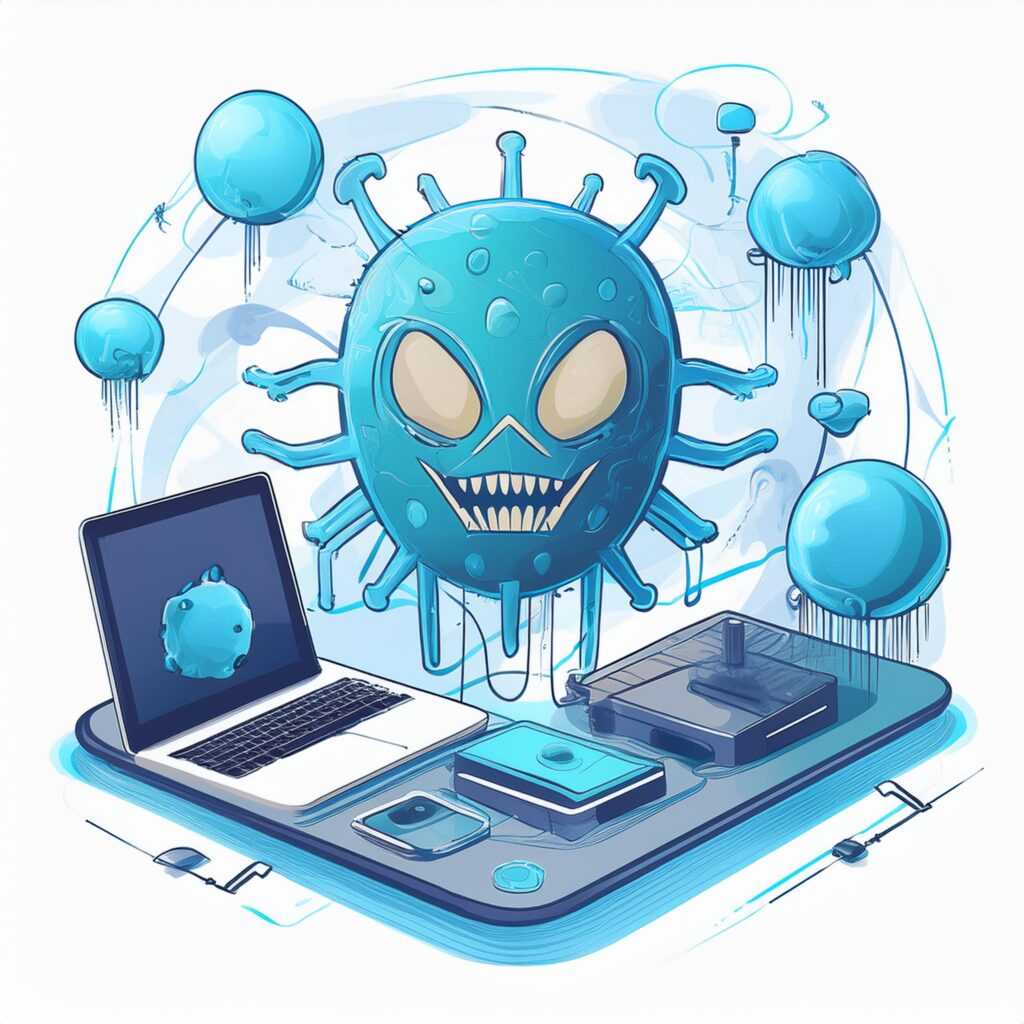
Viruses
Fileless malware
Exploits and exploit kits
Exploits use vulnerabilities in software to bypass a computer’s security safeguards to infect a device. Malicious hackers scan for outdated systems that contain critical vulnerabilities, then exploit them by deploying malware. By including shellcode in an exploit, cybercriminals can download more malware that infects devices and infiltrates organizations.
Exploit kits contain a collection of exploits that scan for different types of software vulnerabilities. If any are detected, the kits deploy additional malware. Software that can be infected includes Adobe Flash Player, Adobe Reader, web browsers, Oracle Java, and Sun Java. Angler/Axpergle, Neutrino, and Nuclear are a few types of common exploit kits.
Exploits and exploit kits usually rely on malicious websites or email attachments to breach a network or device, but sometimes they also hide in ads on legitimate websites without the website even knowing.

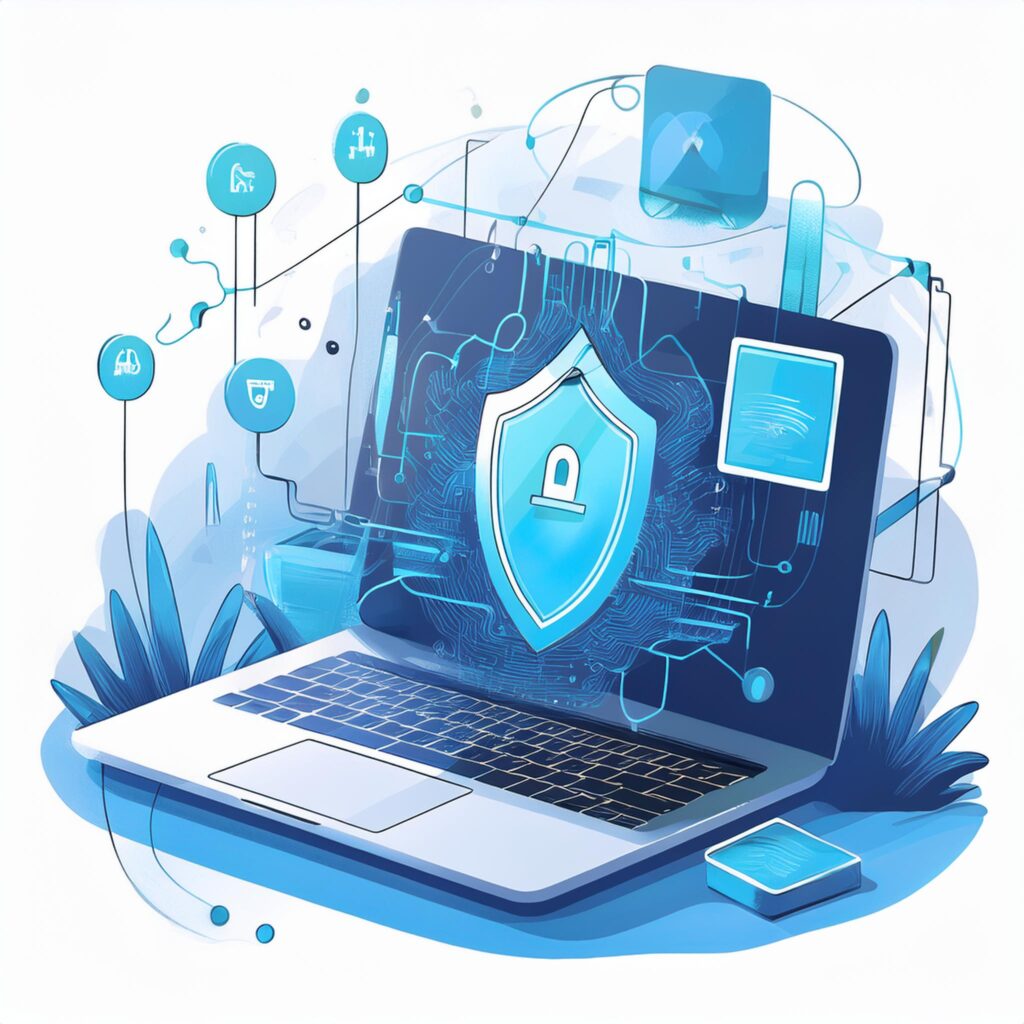
Worms
Unwanted software
Rootkits
Supply chain attacks
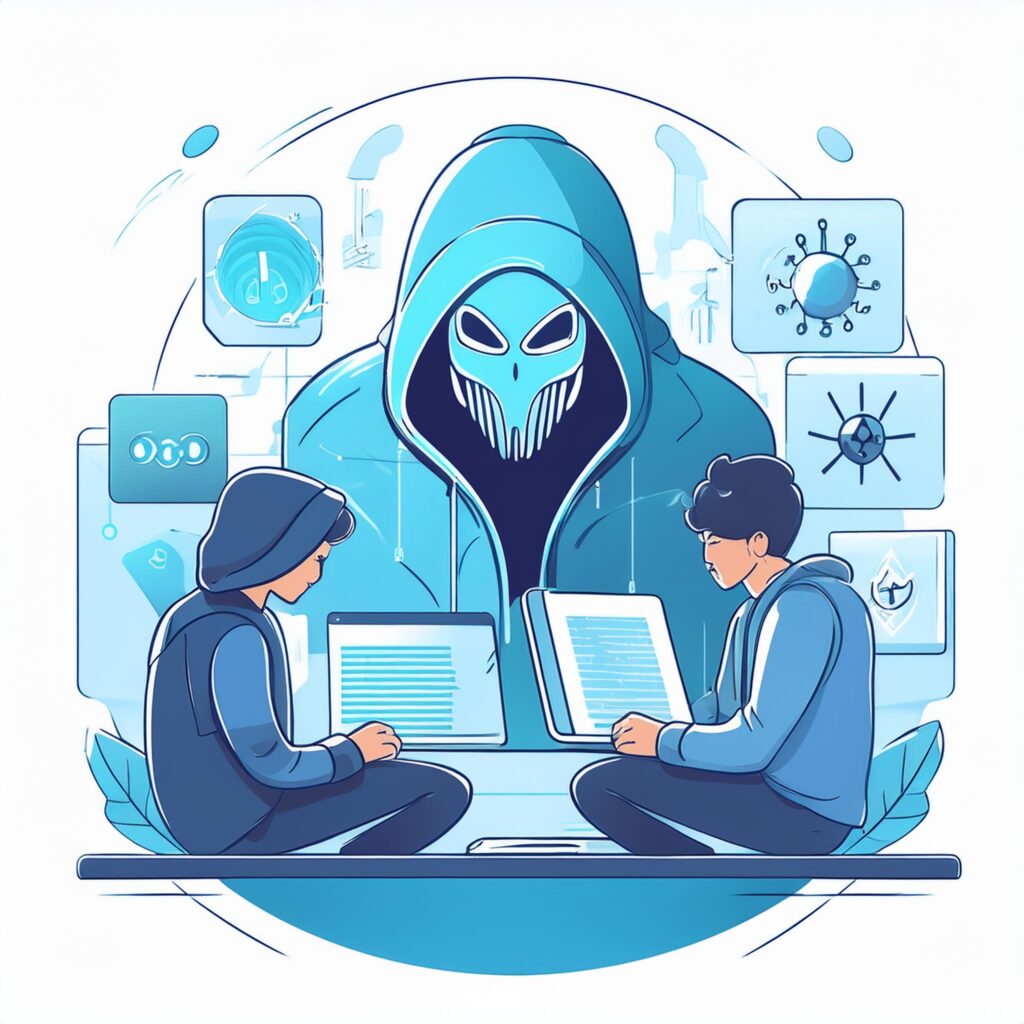
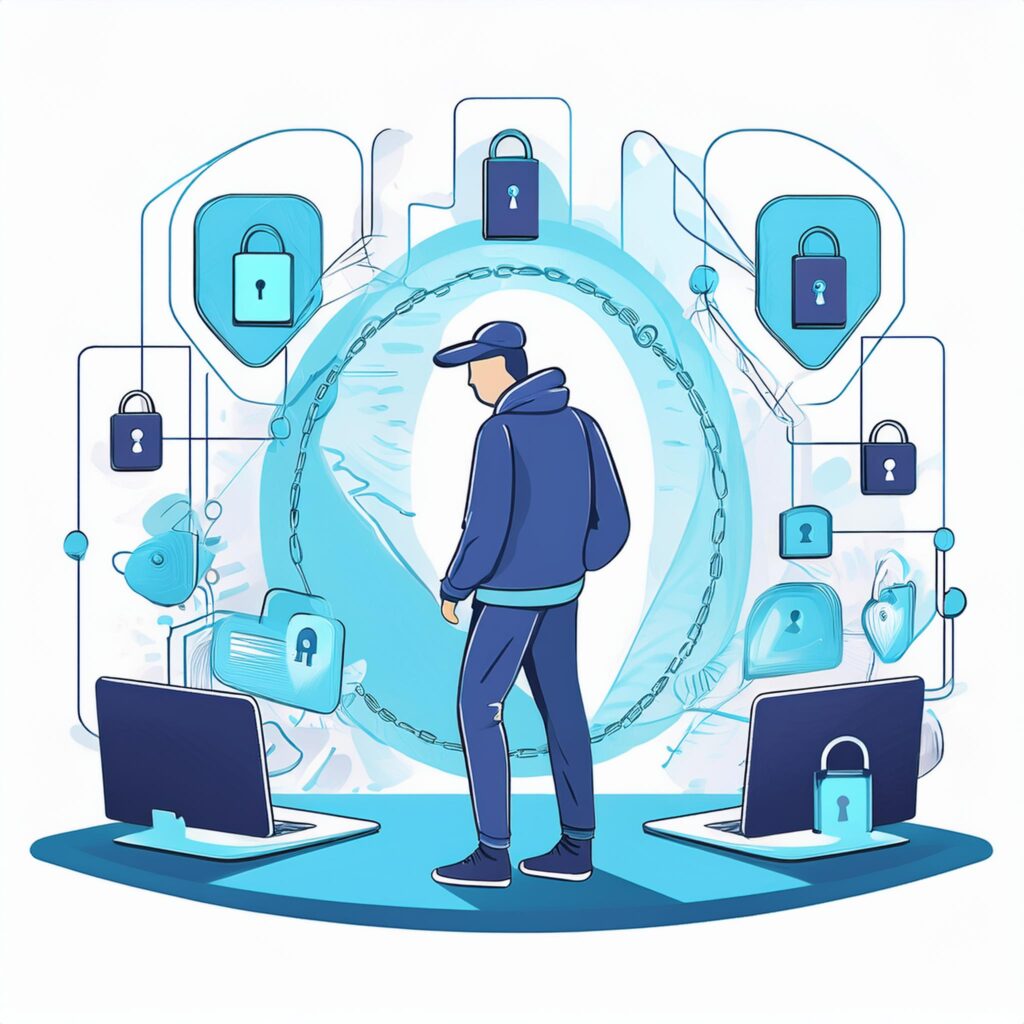
Ransomware
El ransomware es un tipo de malware que amenaza a la víctima destruyendo o bloqueando el acceso a datos críticos hasta que se pague un rescate. El ransomware operado por humanos se dirige a una organización a través de configuraciones erróneas comunes del sistema y de la seguridad que se infiltran en la organización, navegan por su red empresarial y se adaptan al entorno y a cualquier debilidad. Un método común para obtener acceso a la red de una organización para distribuir ransomware es mediante el robo de credenciales, en el que un ciberdelincuente podría robar las credenciales de un empleado real para hacerse pasar por él y obtener acceso a sus cuentas.
Los ciberdelincuentes que utilizan ransomware operado por humanos se dirigen a grandes organizaciones porque pueden pagar un rescate más alto que el individuo promedio, a menudo muchos millones de dólares. Debido a lo mucho que está en juego con una infracción de esta escala, muchas organizaciones optan por pagar el rescate en lugar de que se filtren sus datos confidenciales o arriesgarse a nuevos ataques cibernéticos por parte de los delincuentes, aunque el pago no garantiza la prevención de ninguno de los resultados.
A medida que crecen las ciberamenazas de ransomware operadas por humanos, los delincuentes detrás de los ciberataques se vuelven más organizados. De hecho, muchas operaciones de ransomware utilizan ahora un modelo de ransomware como servicio. Esto significa que un conjunto de desarrolladores criminales crean el ransomware y luego contratan a otros afiliados cibercriminales para invadir la red de una organización e instalar el ransomware, dividiendo las ganancias entre los dos grupos a una tarifa acordada.
Coin miners
With the rise in popularity of cryptocurrencies, mining coins has become a lucrative practice. Coin miners use a device’s computing resources to mine for cryptocurrencies. Infections of this type of malware often begin with an email attachment that attempts to install malware or a website that uses vulnerabilities in web browsers or takes advantage of computer processing power to add malware to devices.
Using complex mathematical calculations, coin miners maintain the blockchain ledger to steal computing resources that allow the miner to create new coins. Coin mining takes significant computer processing power, however, to steal relatively small amounts of cryptocurrencies. For this reason, cybercriminals often work in teams to maximize and split profits.
Not all coin miners are criminal, though—individuals and organizations sometimes purchase hardware and electronic power for legitimate coin mining. The act becomes criminal when a cybercriminal infiltrates a corporate network against its knowledge to use its computing power for mining.


Tech support scams
Trojans
Trojans rely on a user unknowingly downloading them because they appear to be legitimate files or apps. Once downloaded, they may:
- Download and install additional malware, such as viruses or worms.
- Use the infected device for click fraud.
- Record the keystrokes and websites that you visit.
- Send information (for example, passwords, login details, and browsing history) about the infected device to a malicious hacker.
- Give a cybercriminal control over the infected device.
Malware protection
Although anyone can become the victim of a malware attack, there are many ways to prevent a cyberattack from ever happening.
Install an antivirus program
Also a part of Defender XDR, Microsoft Defender for Endpoint uses endpoint behavioral sensors, cloud security analytics, and threat intelligence to help organizations prevent, detect, investigate, and respond to advanced cyberthreats.
Implement advanced email and endpoint protections
Hold regular trainings
Take advantage of cloud backups
Adopt a Zero Trust model
Connect with Us
Embark on a journey where your goals become our mission. Contact us today to discover how Tiforbi can transform your challenges into opportunities. Because when it comes to your success, we’re not just a service provider; we’re your dedicated partner in progress.
